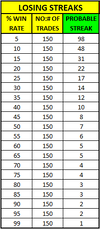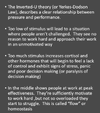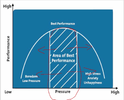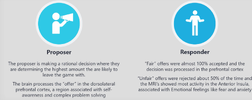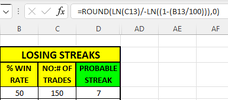- Joined
- 28 December 2013
- Posts
- 6,392
- Reactions
- 24,319
Another year is done & dusted
Another year has come & gone. Now we have a chance to look back on all that has happened & consider what we want to do in the year ahead. It's a good opportunity to set goals, make plans & think about what we want to achieve going forward. It's always helpful to take a moment to reflect & think about the future. May 2023 be everything you desire.

Skate.
Another year has come & gone. Now we have a chance to look back on all that has happened & consider what we want to do in the year ahead. It's a good opportunity to set goals, make plans & think about what we want to achieve going forward. It's always helpful to take a moment to reflect & think about the future. May 2023 be everything you desire.

Skate.

